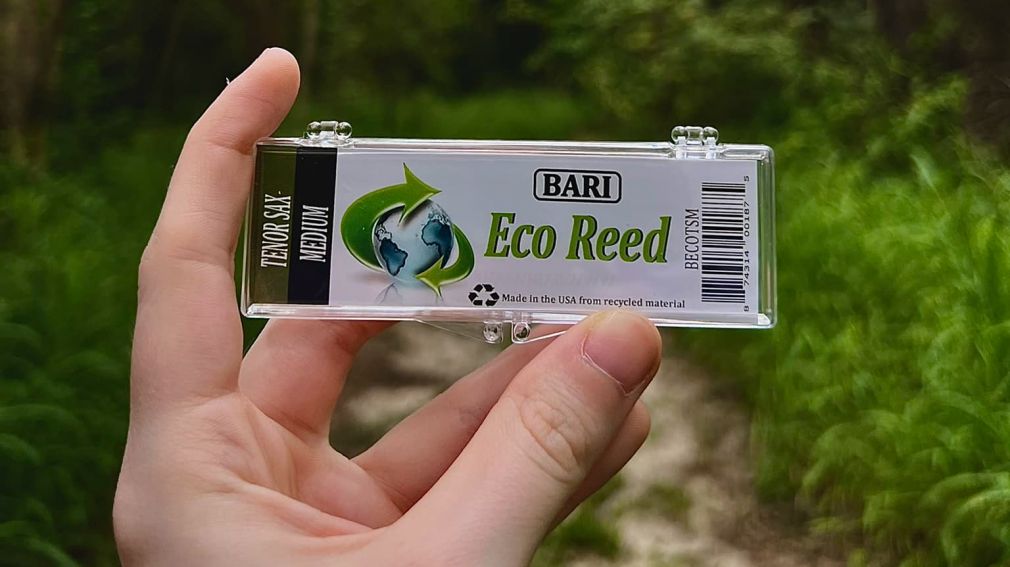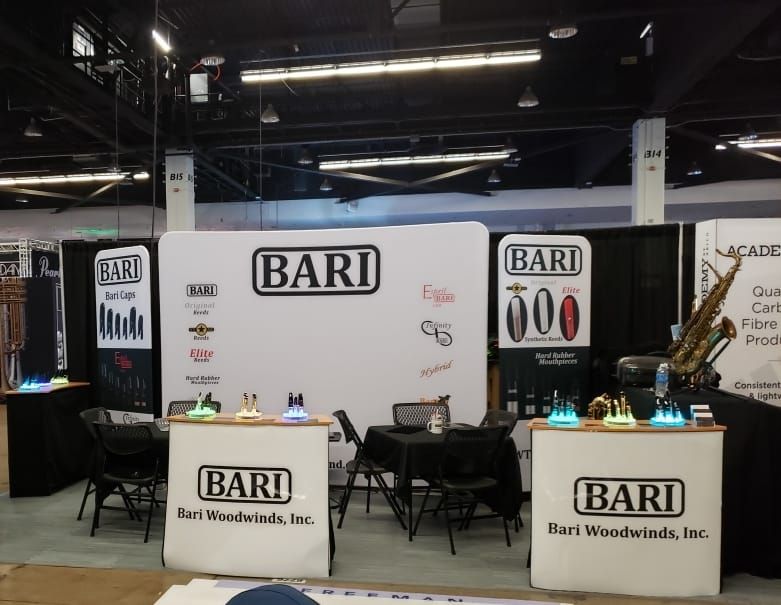Bari Woodwinds on Making a Sustainable and Reliable Reed

Bari Woodwinds is known for producing only the highest quality products to achieve a unique and coveted sound. As a small-scale manufacturer of mouthpieces and synthetic reeds, the NAMM Member is committed to producing reliable and innovative products that help musicians achieve their ideal sounds while creating as little impact as possible on the environment.
Musician Wolfe Taninbaum designed the original Bari reeds and mouthpieces to achieve a unique sound. Playing in orchestras alongside Les Brown, Jimmy Dorsey, Benny Goodman, and the CBS and NBC orchestras under his stage name, Wolfe Tayne, Taninbaum became frustrated by the inconsistency of traditional reeds on the market. As a result, Taninbaum was motivated to solve his problem the best way he knew - by creating a reed of his own design. After experimenting with traditional cane reeds, he eventually turned to synthetics as an alternative material type. In 1952, Taninbaum developed his first synthetic reed, one of the first synthetic reeds on the market to be accepted by some of the world’s leading musicians.
While Bari Woodwinds and its CEO, Ron Van Ostenbridge, wholeheartedly believe in its synthetic reeds, the company understands the ties cane reed users may have to their instruments. It encourages even the most committed cane reed player to consider tossing a backup Bari synthetic reed into their case.
We spoke with Van Ostenbridge about the differences between cane and synthetic reeds. He shared that synthetic reeds tend to last longer than their traditional counterparts. This longevity is due to many factors, including the reality that natural reeds come from cane, a member of the grass family, a versatile crop that can have different properties each year based on environmental factors that influence the crop’s growth. Because of this lack of predictability, traditional reeds are often inconsistent compared to synthetic reeds and their refined manufacturing process.
Synthetic reeds also offer a more sustainable solution for musicians. Synthetic reeds tend to last longer and can be relied upon for a consistent sound, and in the case of Bari’s reeds, the products are produced from recycled materials and housed in recyclable packaging. According to Van Ostenbridge, the goal is not only to reduce pollution in the manufacturing process but to continue to seek solutions that prohibit materials from entering landfills. He said, “Bari Woodwinds wants to help the planet while helping improve the musician’s playing experience.” In addition to its commitment to using recycled and recyclable materials, the NAMM Member also recognizes that the longevity of its products also reduces waste by eliminating the player’s need to purchase more reeds.

Bari Woodwinds is excited to bring its synthetic reeds and mouthpieces back to The NAMM Show this April and encourage current and prospective synthetic reed customers to stop by their booth and check out its latest innovations.
For more information from Bari Woodwinds, please visit https://www.bariwoodwind.com/, and to learn more about attending The 2023 NAMM Show, please visit https://www.namm.org/thenammshow/attend.